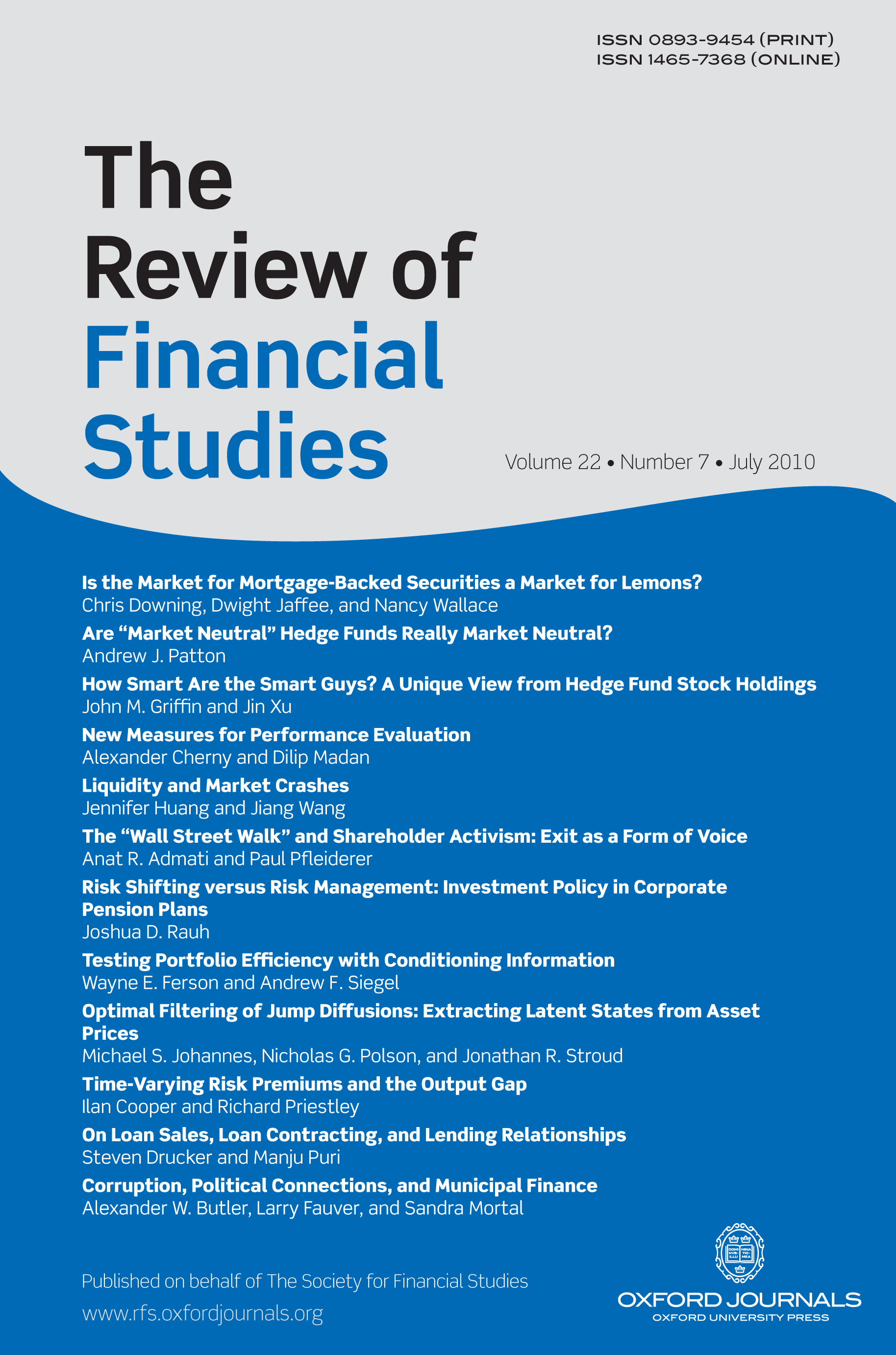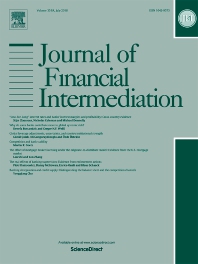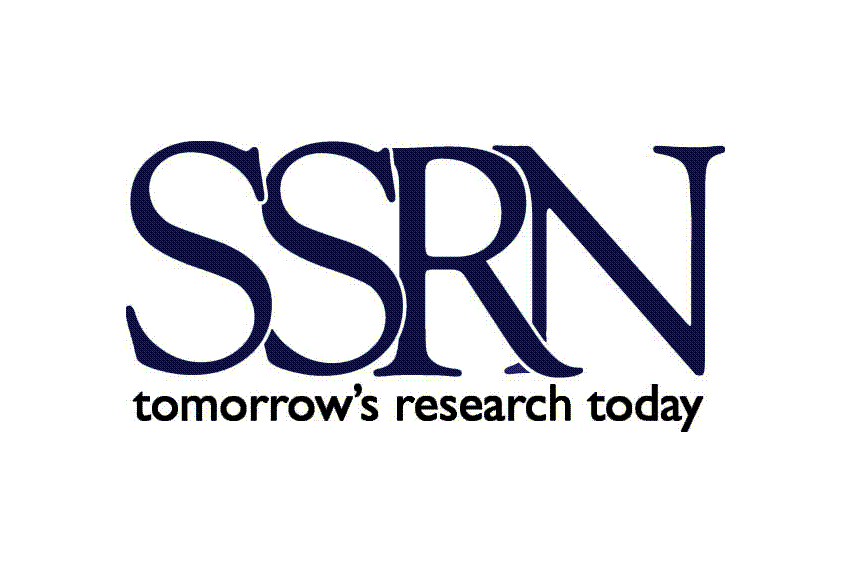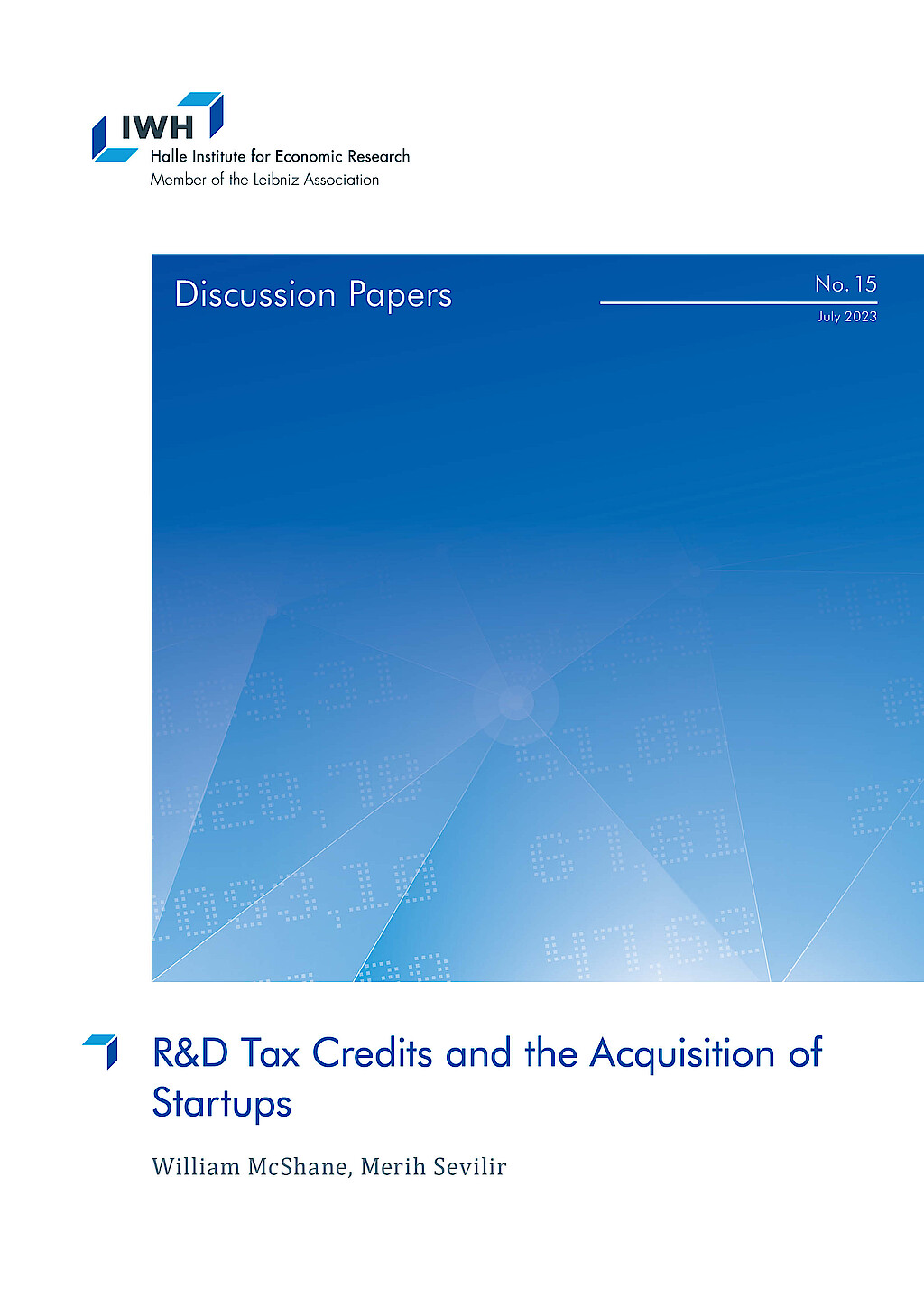Public Capital Markets and Startup Creation
Venture capital backed firms are economically very important. Although they represent less than 0.5% of firms that are born each year in the U.S., they account for 76% of market value of all public firms, employ 43% of employees in all public firms, generate 53% of net revenues of all public firms, and conduct 89% of total R&D spending in public firms.
Publicly traded firms represent an important role in the creation of venture capital backed startups. They have access to public equity and debt markets and raise capital from diversified investors. They also have R&D and operational expertise in the core industries they function. Finally, they have public capital market expertise, allowing them to operate in compliance with the requirements of being a publicly traded firm. These features give them a unique advantage in providing capital and labour to startups and in supporting startups’ transformation from private to publicly traded firms, relative to venture capital firms who have neither public capital market access nor physical presence or R&D expertise in a real industry.
The research group ‘Public Capital Markets and Startup Creation’ examines the reallocative role of publicly traded firms in funnelling capital from public capital markets to startups through Mergers and Acquisitions (M&As), and Corporate Venture Capital (CVC) investment. Second, it studies how publicly traded firms nurture and train skilled labour for the creation of startups. Third, it studies the gender-based gaps in entrepreneurship with a focus on how gender diversity at the executive ranks of publicly traded firms promotes the creation of female-founded startups developing innovations advancing women´s health and well-being.
Workpackage 1: Role of Public Capital Markets in Provision of Capital for Startup Creation and Complementarity between Public and Private Capital Markets
Workpackage 2: Role of Publicly Traded Firms to Nurture and Train High-skilled Entrepreneurial Labour
Workpackage 3: Mechanisms to Reduce Gender-based Gaps in Entrepreneurship
Research Cluster
Economic Dynamics and StabilityYour contact

- Department Laws, Regulations and Factor Markets
Refereed Publications

Board Connections and M&A Transactions
in: Journal of Financial Economics, No. 2, 2012
Abstract
We examine M&A transactions between firms with current board connections and find that acquirers obtain higher announcement returns in transactions with a first-degree connection where the acquirer and the target share a common director. Acquirer returns are also higher in transactions with a second-degree connection where one acquirer director and one target director serve on the same third board. Our results suggest that first-degree connections benefit acquirers with lower takeover premiums while second-degree connections benefit acquirers with greater value creation. Overall, we provide new evidence that board connectedness plays important roles in corporate investments and leads to greater value creation.

Mergers, Spinoffs, and Employee Incentives
in: Review of Financial Studies, No. 7, 2011
Abstract
This article studies mergers between competing firms and shows that while such mergers reduce the level of product market competition, they may have an adverse effect on employee incentives to innovate. In industries where value creation depends on innovation and development of new products, mergers are likely to be inefficient even though they increase the market power of the post-merger firm. In such industries, a stand-alone structure where independent firms compete both in the product market and in the market for employee human capital leads to a greater profitability. Furthermore, our analysis shows that multidivisional firms can improve employee incentives and increase firm value by reducing firm size through a spinoff transaction, although doing so eliminates the economies of scale advantage of being a larger firm and the benefits of operating an internal capital market within the firm. Finally, our article suggests that established firms can benefit from creating their own competition in the product and labor markets by accommodating new firm entry, and the desire to do so is greater at the intermediate stages of industry/product development.

Human Capital Investment, New Firm Creation and Venture Capital
in: Journal of Financial Intermediation, No. 4, 2010
Abstract
This paper studies the relation between firm investment in general human capital, new firm creation and financial development for new firm financing, such as the existence of a venture capital industry. On one hand, firm investment in general human capital leads employees to generate new innovative ideas for starting their own firm. Since employees need a venture capitalist to start their new firm, firm investment in general human capital encourages the creation of venture capitalists by increasing the need for their services, such as providing advice and monitoring. On the other hand, as new firm financing becomes available, firms' willingness to invest in general human capital increases, and as a by-product, the creation of employee-founded and venture capital-backed new firms increases in the economy. Hence, our model provides a rational explanation for the emergence of new firms created by employees of established firms, which represents one of the most common type of new firms in many industries.

Going Public to Acquire? The Acquisition Motive in IPOs
in: Journal of Financial Economics, No. 3, 2010
Abstract
Newly public firms make acquisitions at a torrid pace. Their large acquisition appetites reflect the concentration of initial public offerings (IPOs) in mergers and acquisitions-(M&A-) intensive industries, but acquisitions by IPO firms also outpace those by mature firms in the same industry. IPO firms' acquisition activity is fueled by the initial capital infusion at the IPO and through the creation of an acquisition currency used to raise capital for both cash- and stock-financed acquisitions along with debt issuance subsequent to the IPO. IPO firms play a bigger role in the M&A process by participating as acquirers than they do as takeover targets, and acquisitions are as important to their growth as research and development (R&D) and capital expenditures (CAPEX). The pattern of acquisitions following an IPO shapes the evolution of ownership structure of newly public firms.

How an IPO Helps in M&A
in: Journal of Applied Corporate Finance, No. 2, 2010
Abstract
An initial public offering (IPO) can often provide a powerful stimulus to private companies seeking to pursue an acquisition-driven growth strategy. Based on a comprehensive analysis of U.S. IPOs, the authors show that newly public companies are prolific acquirers. Over 30% of companies conducting an IPO make at least one acquisition in their IPO year, and the typical IPO firm makes about four acquisitions during its first five years as a public company. IPOs facilitate M&A not only by providing infusions of capital but also by creating ongoing access to equity and debt markets for cash-financed deals. In addition, IPOs create an acquisition currency that can prove valuable in stock-financed deals when the shares are attractively priced. The authors also argue that IPOs improve the ability of companies to conduct M&A by resolving some of the valuation uncertainty facing privately held companies.
Working Papers

Can Nonprofits Save Lives Under Financial Stress? Evidence from the Hospital Industry
in: SSRN Working Paper, No. 4946064, 2024
Abstract
<p>We compare the effects of external financing shocks on patient mortality at nonprofit and for-profit hospitals. Using confidential patient-level data, we find that patient mortality increases to a lesser extent at nonprofit hospitals than at for-profit ones facing exogenous, negative shocks to debt capacity. Such an effect is not driven by patient characteristics or their choices of hospitals. It is concentrated among patients without private insurance and patients with higher-risk diagnoses. Potential economic mechanisms include nonprofit hospitals' having deeper cash reserves and greater ability to maintain spending on medical staff and equipment, even at the expense of lower profitability. Overall, our evidence suggests that nonprofit organizations can better serve social interests during financially challenging times.</p>

R&D Tax Credits and the Acquisition of Startups
in: IWH Discussion Papers, No. 15, 2023
Abstract
We propose a novel mechanism through which established firms contribute to the startup ecosystem: the allocation of R&D tax credits to startups via the M&A channel. We show that when established firms become eligible for R&D tax credits, they increase their R&D and M&A activity. In particular, they acquire more venture capital (VC)-backed startups, but not non-VC-backed firms. Moreover, the impact of R&D tax credits on firms’ R&D is increasing with their acquisition of VC-backed startups. The results suggest that established firms respond to R&D tax credits by acquiring startups rather than solely focusing on increasing their R&D intensity in-house. We also highlight evidence that startups do not appear to benefit from R&D tax credits directly, perhaps because they typically lack the taxable income necessary to directly benefit from the tax credits. In this context, established firms can play an intermediary role by acquiring startups and reallocating R&D tax credits, effectively relaxing the financial constraints faced by startups.

Going Public and the Internal Organization of the Firm
in: SSRN Working Paper, May 2022
Abstract
We examine how firms adapt their organization when they go public. To conform with the requirements of public capital markets, we expect IPO firms to become more organized, making the firm more accountable and its human capital more easily replaceable. We find that IPO firms transform into a more hierarchical organization with smaller departments. Managerial oversight increases. Organizational functions dedicated to accounting, finance, information and communication, and human resources become much more prominent. Employee turnover is sizeable and directly related to changes in hierarchical layers. New hires are better educated, but younger and less experienced than incumbents, which reflects the staffing needs of a more hierarchical organization. Wage inequality increases as firms become more hierarchical. Overall, going public is associated with a comprehensive transformation of the firm's organization which becomes geared towards efficiently operating a public firm.

Private Equity in the Hospital Industry
in: ECGI Working Paper, No. 787, 2021
Abstract
We examine employment and patient outcomes at hospitals acquired by private equity (PE) firms and PE-backed hospitals. While employment declines at PE-acquired hospitals, core medical workers (physicians, nurses, and pharmacists) increase significantly. The proportion of wages paid to core workers increases at PE-acquired hospitals whereas the proportion paid to administrative employees declines. These results are most pronounced for deals where the acquirers are publicly traded PE-backed hospitals. Non-PE-backed acquirers also cut employment but do not increase core workers or reduce administrative expenditures. Finally, PE-backed acquirers are not associated with worse patient satisfaction or mortality rates compared to their non-PE-backed counterparts.














